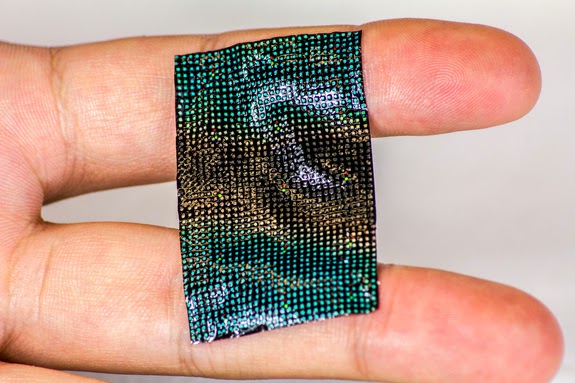The Nobel Prize for physics of 2014 has been rewarded to a group of Japanese and American scientists for an invention that took place in the early 1990s. The scientists are Isamu Akasaki, Hiroshi Amano, and Shuji Nakamura. These three are responsible for inventing the blue LED ( light-emitting iodide) which changed the world by allowing us to create white LED, which may seems simple to us now but had not been previously achieved with ease.
The three scientists are now sharing the prize of 8 million kronor ($1.24M) and have been praised by the Nobel Prize committee, where a professor mentioned that "these uses are what would make Alfred Nobel happy". It has also been brought to attention that unlike many Nobel Prizes in physics, this one can actually be usefully applied today.
Although red and blue LEDs were already well known in the 1990s, many scientists and businesses had tried and failed to create a blue one. Being necessary for white LEDs, its invention allowed technology to come up with some major advancements such as LED lamps, which are more energy efficient, long-lasting and hence better for the environment. As for day to day uses, blue LEDs can be found in Blu-ray players and LCD powered backlit smartphones—something most of us don't imagine living without.
For more information, go to http://www.bbc.com/news/science-environment-29518521 or https://www.yahoo.com/tech/how-blue-leds-changed-the-world-99498121614.html
